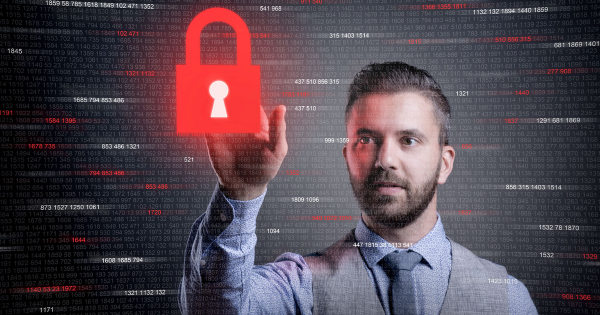Technology is key to a functional office setting in this day and age. Just as the work environment has progressed, so too has technology. Even before the pandemic became an issue, lots of employees were taking their work home with them. Typically, people check their email about 74 times per day; quite often, this will include both personal and professional electronic correspondence. Unified communications systems have made it easier for employees to check other messages as well, dialing in to their work voicemails and even teleconferencing with their coworkers.
All of these steps forward, as well as working with reliable managed tech providers, made it somewhat easier for offices to transition to telework during the pandemic. However, the downside of people literally bringing their work home with them is that it creates somewhat more of a security risk. Data is more vulnerable at home than it is in the office. If employees aren’t careful, they could run the risk of both data loss and equipment damage.
Fortunately, there are a few steps you can take to prevent these issues while your employees work remotely. Below are some of the rules that employers should put in place to protect important data.
1. Require Regular Password Changes
Password protection is one of the main means through which we are able to protect sensitive information and technology. But people tend to use passwords that are too simple or continue using the same passwords for long periods of time. This makes it easier for hackers to break through password protection and access the data that they want. Sometimes, they can even control technology remotely.
This is why employers should have rules in place regarding not only the format of passwords but how frequently those passwords must be changed. Some employers may go so far as to take the passwords out of their employees’ hands, giving them complex passwords that are difficult to crack. These passwords should be changed at least once a month in order to ward off ambitious hackers. You may want to ask your managed tech provider about how best to secure technology like audio video solutions with passwords. This way, you can feel secure about every piece of technology your employees use.
2. Log Out After Every Use
Whether your employees are using the email accounts or audio visual technology, they should log out of every account when it’s not being used. This goes for when they’re done working for the day and when they’re taking a lunch break. As much of a hassle as this might seem to be, it’s an important part of ensuring that security isn’t breached at work.
Encourage your employees to get into a routine regarding their accounts. Be transparent about any check-ins you may be doing with your IT personnel, as well. This serves as a reminder to employees that they need to take these logouts seriously.
3. Track Technology Usage
You may want to discuss with your managed tech provider whether or not there is a way for you to track your employees’ usage of their virtual offices, online desktops, and audio visual technology. This will let you know when employees are logged in and working (and when they are not). Furthermore, being able to record teleconference sessions regularly is a great way of tracking what has and hasn’t been covered at work. This not only allows you to keep up with productivity and security at work, but it also allows you to maintain a certain amount of control as an employer.
4. Conduct Check-Ins
You can’t watch your employees at home as carefully as you would watch them in an office setting. Be clear with employees about conducting regular check-ins on their devices and systems. This can be done remotely.
IT personnel can indeed log remotely into employee technology systems and check to see if there have been unauthorized downloads or changes made to work technology. While employees may do this with the best of intentions, attempting to create more efficient tech, this is often misguided.
As you make the transition to telework, discuss your options with your managed tech provider. Your workplace security is incredibly important — and you don’t need to devalue it because your employees must work from home.

